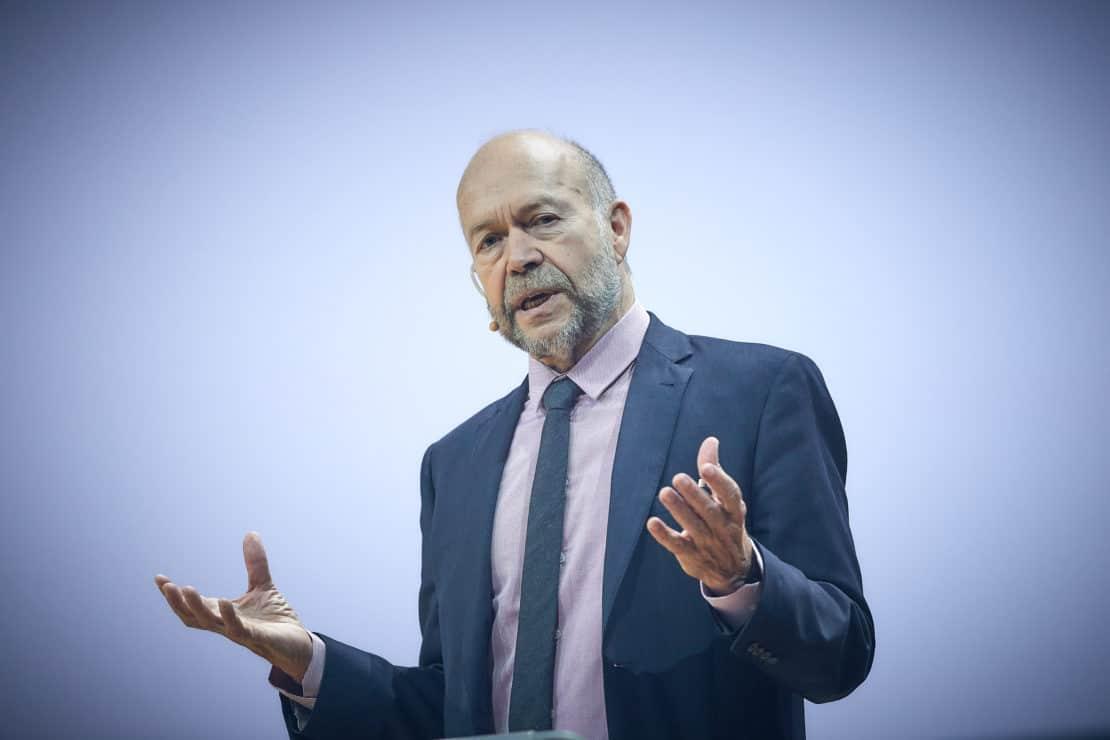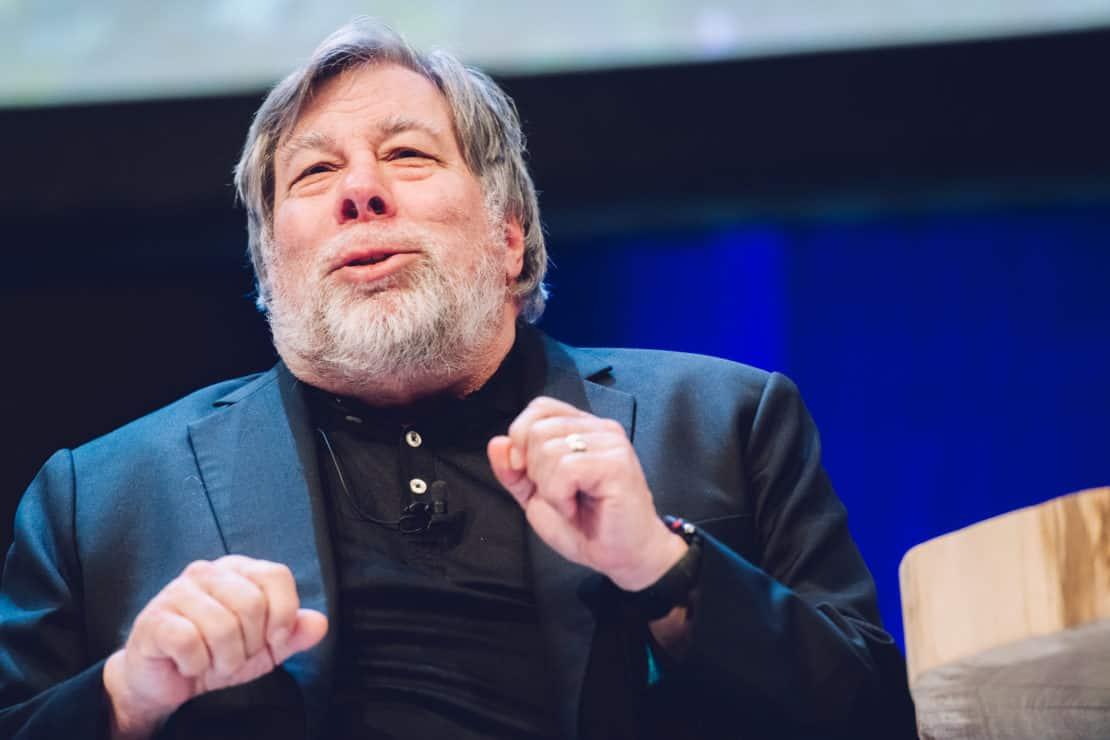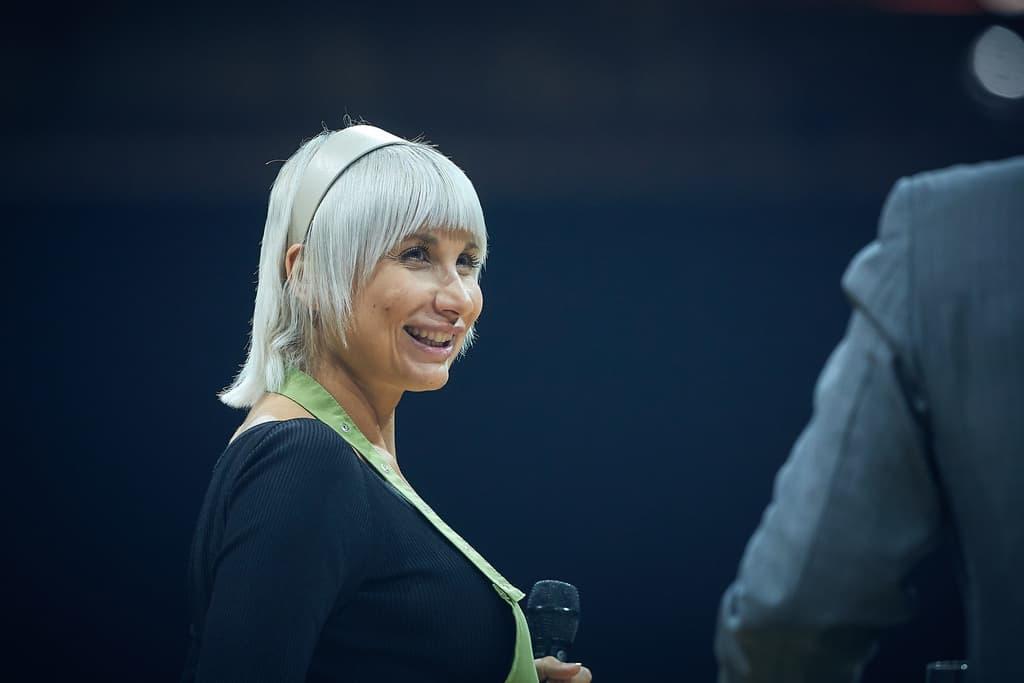4Feb2018
With the planet facing a tremendous emergency, James Hansen explains why current strategies aren’t enough, and offers a message of hope if we act now.
Dr. James Hansen, the former Director of the NASA Goddard Institute for Space Studies, is an Adjunct Professor at Columbia University’s Earth Institute, where he directs a program in Climate Science, Awareness and Solutions. For someone seen by many as the father of climate change awareness, Hansen expressed a relatively sober view of the Paris Climate Change Agreement at the Nordic Business Forum 2017 in his talk “Energy, Climate and Policy – Risks and Opportunities”.
Hansen said that the optimism around the agreement is misplaced: “You would get the impression from Paris, and from the positive things you’ve read in the newspaper in the last few weeks about coal use declining, that the rate of emissions is going down. In fact, over the last decade, the rate of growth has been accelerating.”
In the developed world, the rates of carbon emissions are relatively static while in the developing world emissions are still increasing. Hansen warned that this “business as usual” approach is a real disaster scenario – one that would result in a warming of several degrees, sea level of rises between 6 m to 9 m, and the extinction of many species.
However, Hansen also pressed the case that we can still preserve the planet if governments provide the conditions to do so.
A global emergency
One of the major problems of climate change, argued Hansen, is that it is very difficult for the public to recognize it as a global emergency. Part of this is because the climate changes from year to year – so one has to consider long-term trends rather than year-on-year comparisons, which is difficult for the public to do. But the large part of the lack of recognition stems from the “slow time constant” of the climate system. Hansen explained, “the climate system has enormous inertia because of the ocean, which is 4 km deep. It does not respond quickly when we apply forces to the climate system”.
“After one hundred years,” stated Hansen, “you get two-thirds of the response – the other one third is still in the pipeline”.
The delay is made worse by “amplifying feedbacks” in the system — responses to our actions that worsen the original problem. Hansen gave two examples of this. First, the area of the planet covered by ice and snow is getting smaller as the planet warms. As more dark surface is exposed, the planet absorbs more sunlight. That’s amplified feedback. Second, as the planet gets warmer, the ocean and the biosphere release more CO2 and methane. This too is amplified feedback. “As a result,” stated Hansen, “we are leaving young people a tremendous burden”.
The injustices of climate change
Leaving the problem to the young is just one of the injustices of climate change that Hansen highlighted during his presentation.
First, there is an injustice between the old and young; because older people are burning the fossil fuels and getting the benefits and yet it is the younger generations who will be forced to deal with the problem.
Second, between the North and South. North countries have burned the majority of the fossil fuels, but countries at low latitudes are experiencing the biggest impacts of climate change.
“It is becoming uncomfortably warm in the summer in the subtropics and all seasons in the tropics. That regional warming is having an effect on the frequency of extreme events – heatwaves, droughts, and fires are becoming more frequent. At the same time, where you do get rain, you get more extreme rain and floods because the atmosphere holds more water vapor,” Hansen said.
These changes to the “livability” of lower latitudes will have significant social effects, argued Hansen: “We’re going to be having many more migrants from low latitudes if we stay on business as usual. The low latitudes will become unlivable. It has a noticeable empirical effect on conflicts and violence between people and between nations.”
Finally, the third injustice of climate change is between humans and other species – Hansen said, “we’re the one species affecting every other species on the planet”.
What can we do about it?
Hansen stated that even if we level out emissions, we will get warming of 3˚C. What is actually required is a reduction in overall global emissions, something contrary to current trends in which the rate of emissions continues to escalate.
Even with a reduction, Hansen argues the impact already in store for us – an energy imbalance he equates to 500,000 Hiroshima bombs exploding every day – means young people will have to figure out how to get some of that carbon out of the atmosphere.
Unfortunately, carbon extraction technology doesn’t exist yet – and is likely to be expensive.
In the meantime, Hansen is calling for a global carbon levy and a rethink on nuclear.
“The problem is that fossil fuels appear to the user to be the cheapest energy,” said Hansen, “and, as long as that is the case, we can’t solve the problem. What we need is an across-the-board carbon fee.”
Such a fee could be collected at the domestic mines and ports of entry, then distributed back to the public. Hansen argues this would reward companies that decrease their emissions, as well as stimulating the economy.
Hansen repeatedly called on the three big players – the United States, the EU, and China – to implement such a levy, while also putting a duty on any country that doesn’t have an equivalent levy. He hopes the Citizens Climate Lobby, a rapidly expanding international pressure group, will take this argument forward politically.
Legal and commercial challenges
Hansen is also leading a legal challenge in the USA through “Our Children’s Trust”. He views the judiciary as the pillar of US government less in hock to the fossil fuel lobby. 21 child appellants are bringing a case against the Federal Government in the USA asking the courts to require the government to have a plan to phase out emissions to the rate that would stabilize climate.
How could this be achieved? Hansen argued that, with only 10% of our energy currently coming from renewables, it isn’t enough to increase renewable provisions alone.
He made the case that instead of investing hundreds of billions of dollars in investigating fracking, we should have been investigating new nuclear energy, saying: “we have been taught to be afraid of nuclear power – but we should also be afraid of the path that we are on.”
Instead, the focus of any energy policy moving forward must be “carbon free”.
This article is a part of the Executive Summary of Nordic Business Forum 2017. Get your digital copy of the summary from the link below.


